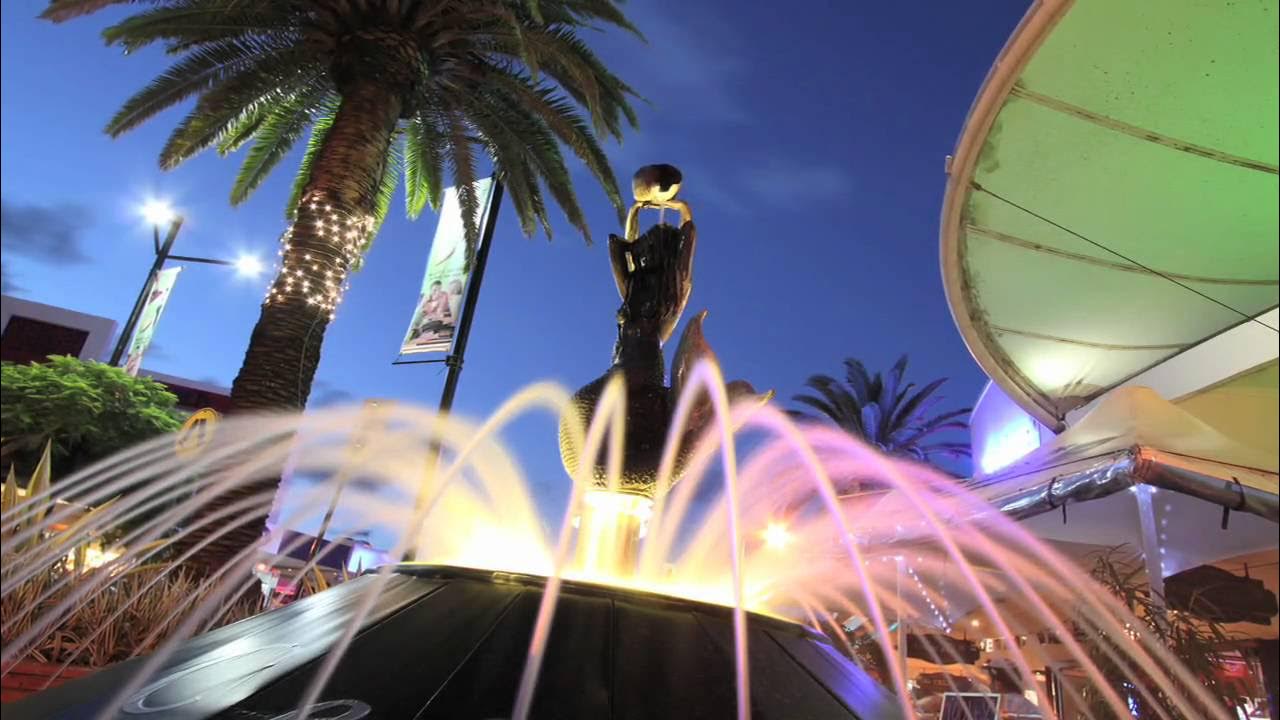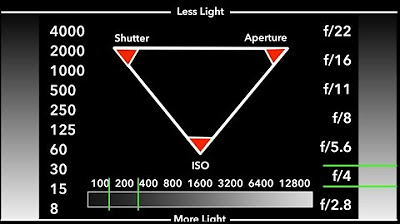Camera Basics - Aperture
Summary
TLDRThe video script delves into the concept of aperture in photography, highlighting its role in composition and light control. It explains that aperture is the lens opening that regulates light entry, analogous to the human eye's pupil. The script clarifies aperture settings in f-stops, with lower f-numbers indicating larger apertures for more light and shallower depth of field. It emphasizes the importance of a lens's maximum aperture for 'fast' lenses suitable for low-light conditions. The script also touches on the distinction between prime and zoom lenses, the impact of aperture on ISO and shutter speed, and the creative control offered by aperture priority and manual modes.
Takeaways
- 📷 Aperture is the opening in a camera lens that controls the amount of light entering the camera.
- 👀 The human eye's iris is analogous to the camera lens's aperture, with the size determining light intake.
- 🔢 Aperture is measured in f-stops, with smaller f-numbers indicating a larger aperture and more light.
- 🔦 Larger apertures (smaller f-stops like f/1.4) allow more light, beneficial for low-light conditions.
- 🌌 Fast lenses with wide maximum apertures are ideal for night photography to capture more light.
- 📐 Aperture affects the depth of field, with larger apertures creating a shallower depth of field.
- 🌀 Smaller apertures (larger f-stops like f/16) increase the depth of field, keeping more of the scene in focus.
- 🔬 Prime lenses have a fixed focal length and a fixed maximum aperture, whereas zoom lenses may have variable apertures.
- 🔄 Zoom lenses' maximum apertures can decrease as the focal length increases, affecting light intake.
- ⚙️ Adjusting the aperture can influence other camera settings like ISO and shutter speed.
- 🎨 The choice of aperture is a key stylistic decision in photography, impacting the creative outcome of an image.
Q & A
What is aperture in photography?
-Aperture is the opening in the lens through which light travels into the camera body and onto the sensor. It is a crucial parameter that affects exposure and depth of field.
How is the aperture of a lens similar to the human eye?
-The aperture of a lens is similar to the pupil in the human eye, as both control the amount of light that enters the eye or the camera sensor.
What is the term used to describe the iris of the lens in photography?
-The iris of the lens is referred to as the diaphragm in photography.
How are aperture sizes expressed in photography?
-Aperture sizes are expressed in f-numbers or f-stops, which describe how open or closed the aperture is.
What does a smaller f-stop number signify about the aperture?
-A smaller f-stop number signifies a larger aperture, allowing more light to enter the camera.
How does the aperture affect the depth of field in an image?
-A larger aperture (smaller f-stop number) results in a shallower depth of field, often isolating the subject and making the background blurry, while a smaller aperture (larger f-stop number) increases the depth of field, keeping more of the scene in focus.
What is the significance of the maximum aperture of a lens?
-The maximum aperture of a lens indicates its speed, with lenses of f1.4 or f2.8 being considered fast lenses because they allow more light to pass through, which is beneficial for low-light conditions and night photography.
What are the differences between prime and zoom lenses in terms of aperture?
-Prime lenses have a fixed maximum aperture, while zoom lenses are variable aperture lenses, meaning their maximum aperture may decrease as the focal length increases.
Why is the minimum aperture of a lens usually not important?
-The minimum aperture is usually not important because using it can cause diffraction, which leads to a loss of image clarity.
How does aperture affect other camera settings such as ISO and shutter speed?
-A larger aperture allows more light into the camera, which can enable the use of a faster shutter speed or a lower ISO value, reducing motion blur and noise.
What camera modes allow for manual adjustment of aperture settings?
-Aperture priority mode and manual mode allow for manual adjustment of aperture settings, with aperture priority leaving shutter speed and ISO to the camera's internal metering system, while manual mode provides full control over all camera settings.
Outlines

Cette section est réservée aux utilisateurs payants. Améliorez votre compte pour accéder à cette section.
Améliorer maintenantMindmap

Cette section est réservée aux utilisateurs payants. Améliorez votre compte pour accéder à cette section.
Améliorer maintenantKeywords

Cette section est réservée aux utilisateurs payants. Améliorez votre compte pour accéder à cette section.
Améliorer maintenantHighlights

Cette section est réservée aux utilisateurs payants. Améliorez votre compte pour accéder à cette section.
Améliorer maintenantTranscripts

Cette section est réservée aux utilisateurs payants. Améliorez votre compte pour accéder à cette section.
Améliorer maintenantVoir Plus de Vidéos Connexes

Introduction to Exposure

Canon EOS | Getting Started: Light Meter Tutorial

Understanding Exposure: The Exposure Triangle with Mark Wallace

MATH behind F STOP numbers (aperture sizes) - how to memorize aperture numbers

Dissecting The Camera: Crash Course Film Production with Lily Gladstone #4

What pros know about APERTURE that beginners often ignore
5.0 / 5 (0 votes)
